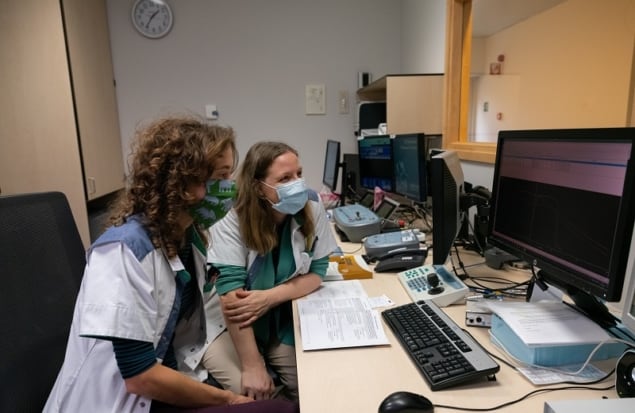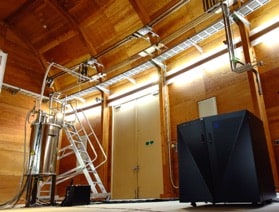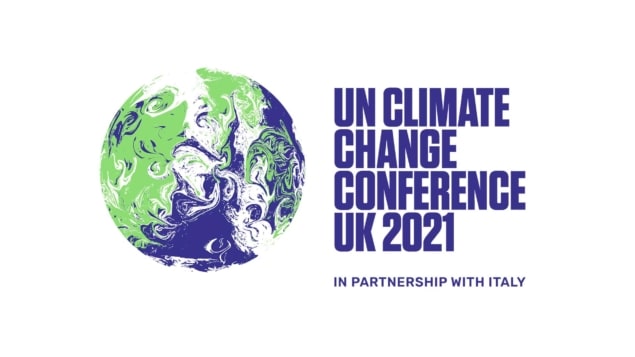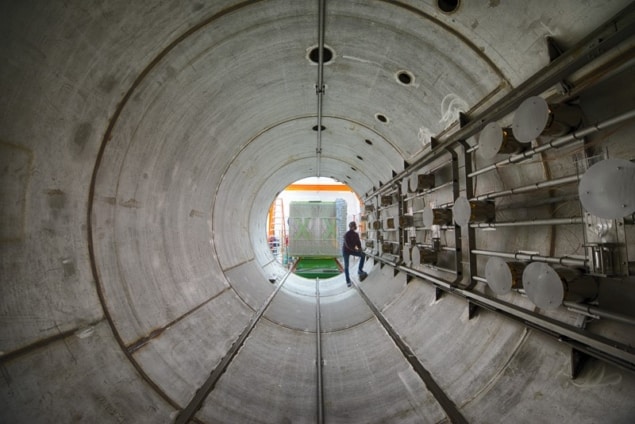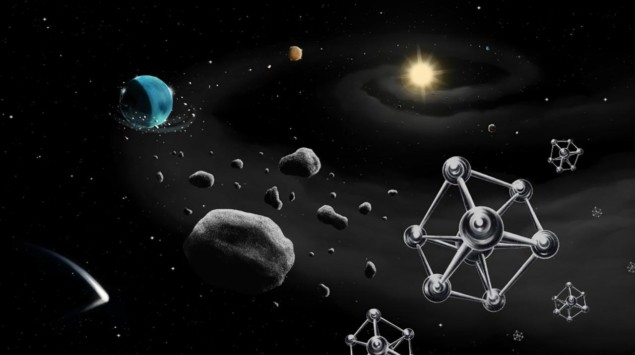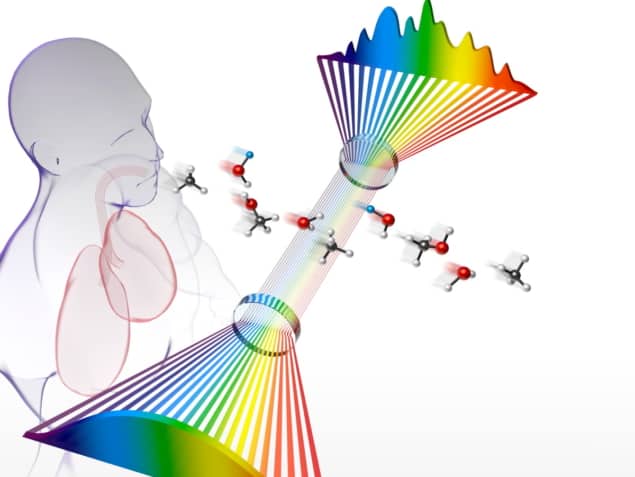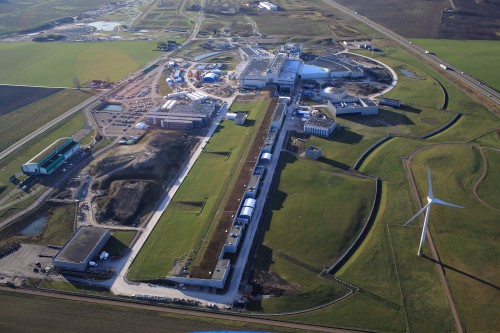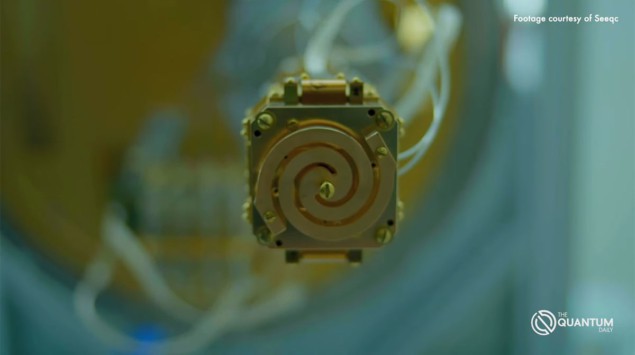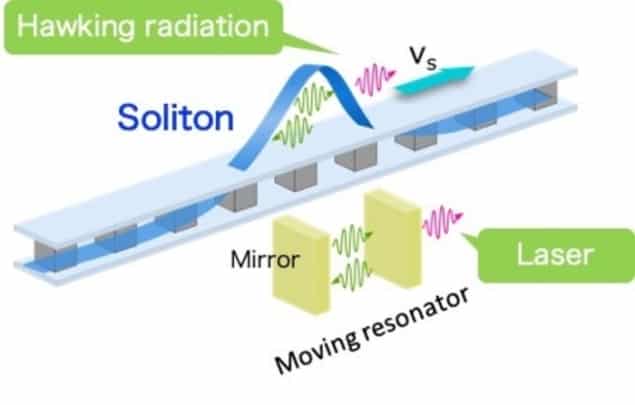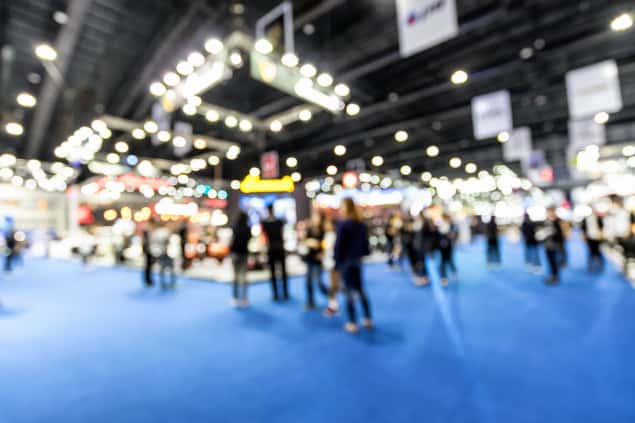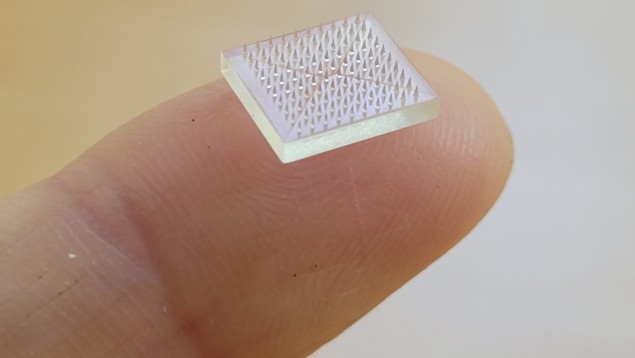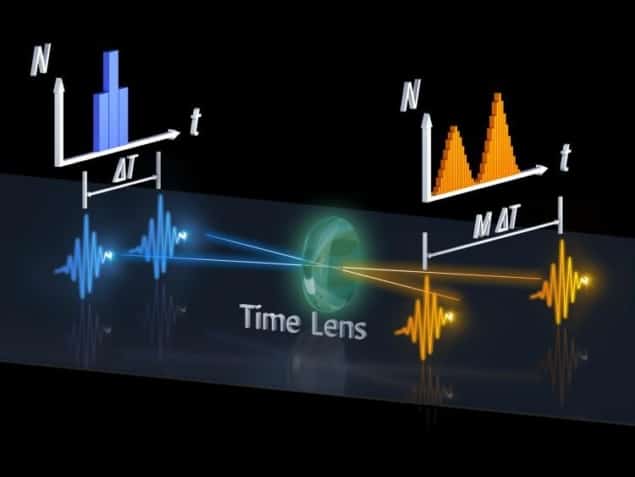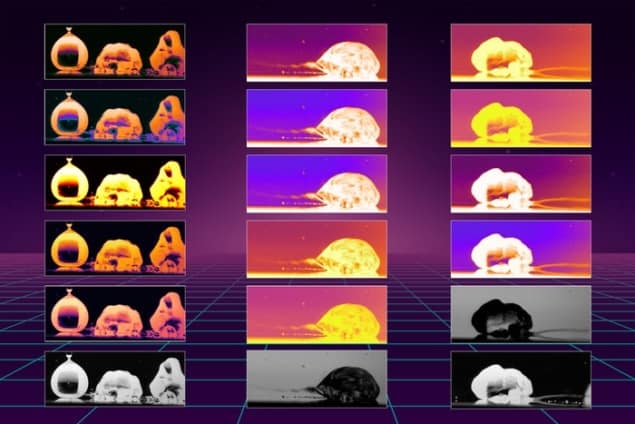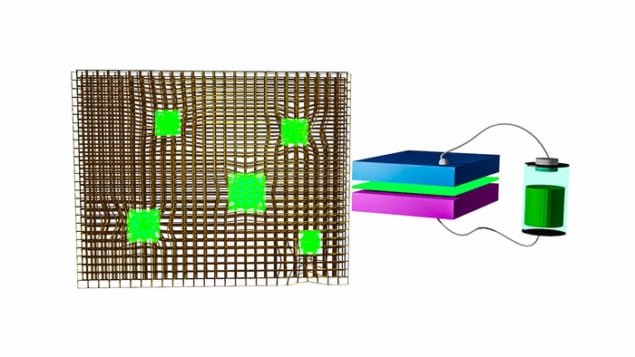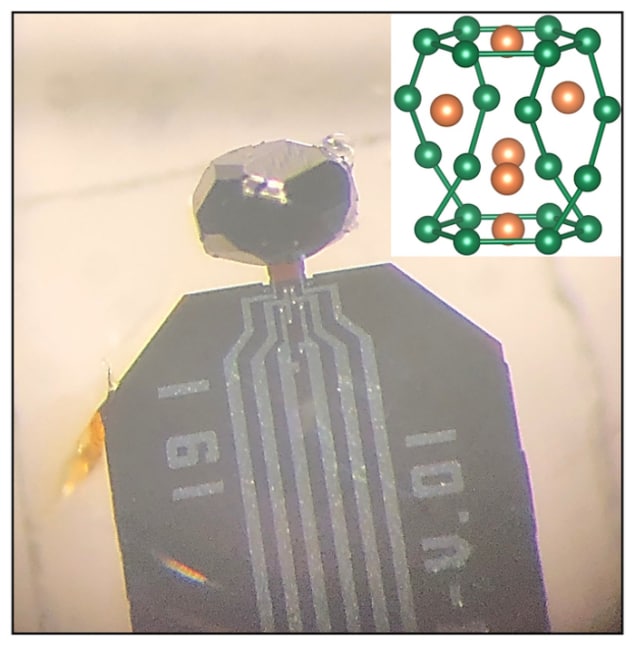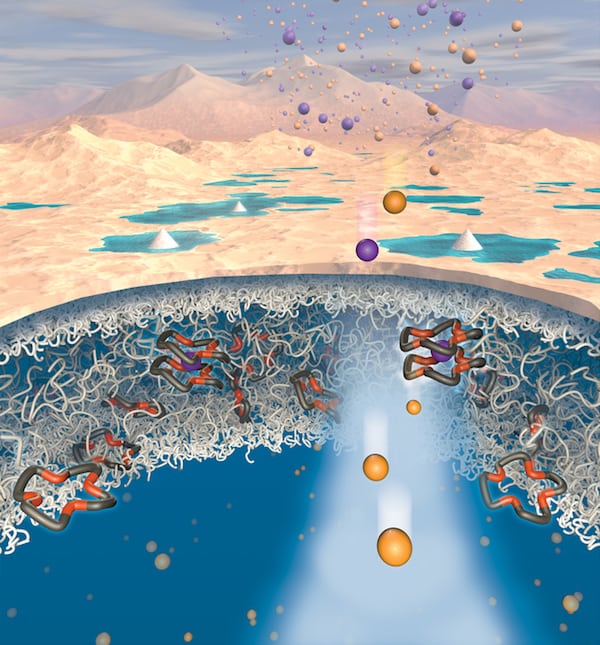Iridium Netwerk’s medical physics team redefines best practice in radiotherapy QA
The SunCHECK Quality Management Platform is delivering long-run benefits for medical physicists and – more importantly – patients at Iridium Netwerk’s clinics in Belgium
A relentless focus on workflow efficiency, standardization and automation has helped medical physicists at Iridium Netwerk transform patient and machine QA best practice across the healthcare group’s multi-site radiation oncology programme in the Greater Antwerp region of Belgium. The catalyst for change was the clinical roll-out, through late 2017 and early 2018, of the SunCHECK Quality Management Platform from Sun Nuclear Corporation, the US-based manufacturer of independent QA solutions for radiotherapy facilities and diagnostic imaging providers.
